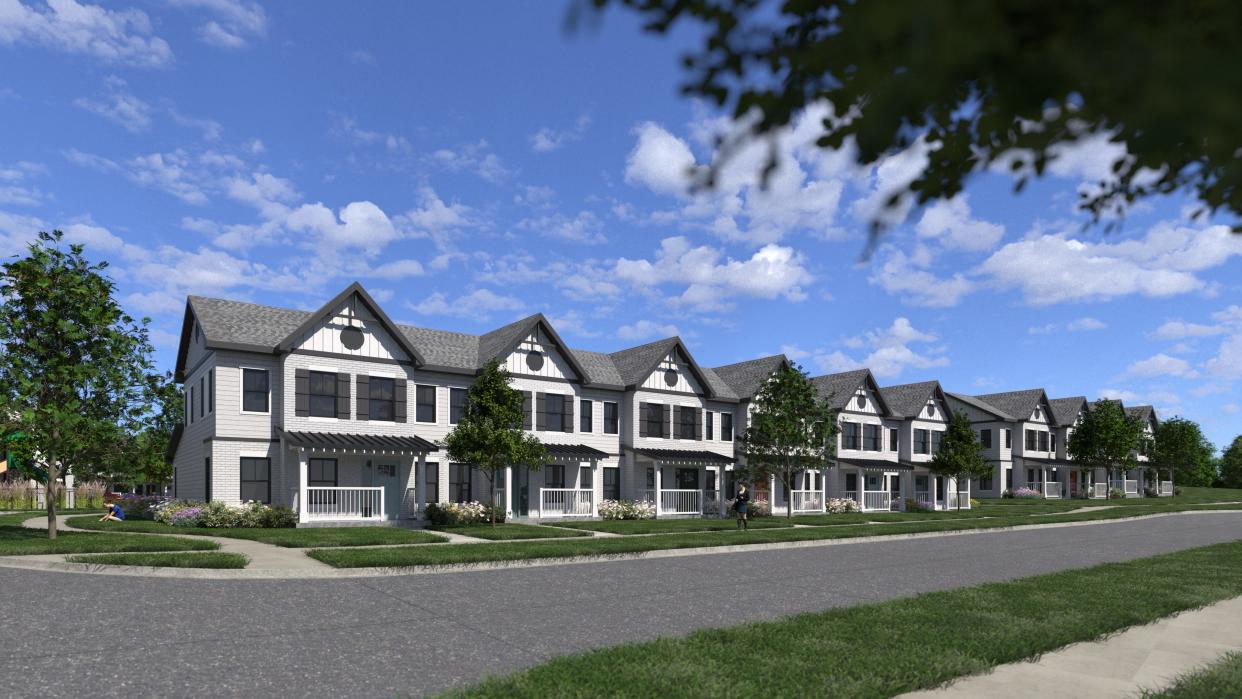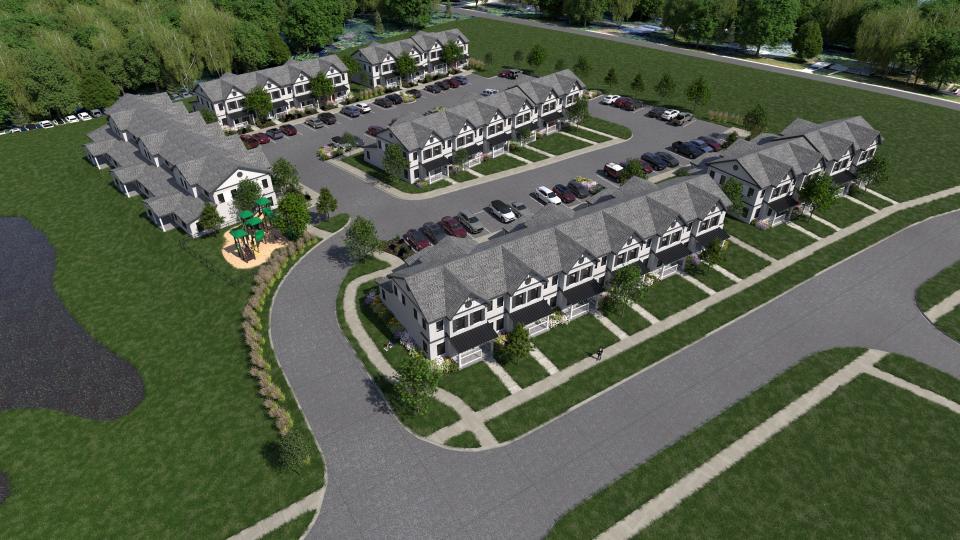Ames abandons geothermal energy for low-income housing after project exceeds budget by $1.4M

Geothermal energy will not be one of the features of a new low-income housing project in west Ames.
The City of Ames revealed that installing geothermal wells to heat and cool 38 yet-to-be-built low-income units at 3216 Tripp St. would cost $1.4 million more than anticipated.
The city will instead pause the initiative, hoping to install the pilot program at a future development site near the Iowa State University campus.
The city is partnering with Hatch Kiernan Galloway Development Group to build "Townhomes at Creekside" in the Baker subdivision. The $13 million development will include 38 units of low-income, affordable multi-family housing, designed for households earning less than 50% of the area median income.
The city received one bid for $1.9 million to install the geothermal wells, which city staff deemed too high to justify moving forward.
The city engineer's estimate for installation came in at roughly $595,000.
More: Low-income housing units coming soon to Ames, near the Iowa State University campus
Ames prioritizes affordable housing over sustainability
The Ames City Council directed staff not to rebid the Tripp St. project without a geothermal system. It would need to be redesigned to reduce cost, though a delay could put some key funding in jeopardy.
Ames hoped to combine two city council goals with the Townhomes at Creekside by providing low and moderate-income housing while reducing carbon emissions.
Ames Planning & Housing Director Kelly Diekmann reminded the city council the initial goal was to provide more affordable housing options in Ames.
"We did Baker subdivision for affordable housing," Diekmann said. "The second layer was how can we make it the most sustainable residential development possible, which was to use geothermal or other air source heat pumps to do that and not use natural gas."

More: Ames CSD's operating budget is decreasing for the 4th straight year, $32 million less than 2021
How do geothermal wells work?
Heating and cooling of homes are traditionally done with air conditioners and natural gas fire furnaces. Geothermal wells tap into the natural geothermal energy beneath the surface of the earth, essentially using the earth itself to heat or cool a home.
Geothermal wells are extremely efficient but expensive to install, costing $20,000 to $40,000.
The city of Ames was initially going to pay the upfront cost, which would have provided lower heating and cooling bills. Instead, the city council must remove the geothermal requirement from its agreement with Hatch and look elsewhere for sustainable options.
This request will be on the May 14 council agenda.
More: Ames City Council considers almost 78 miles of new paths and bikeways. Here's what to know
Air source heat pumps may be an alternative to geothermal wells
Ames Electric Services Director Donald Kom said the city has met with Hatch to discuss heating alternatives. They've looked at installing source pumps instead.
Though geothermal wells are more efficient, Kom said air source heat pumps are a good second option.
"I would say air source heat pumps are one step below (geothermal)," Kom said. "In essence, you're using the air. They're still very efficient, much more than a traditional air conditioner and furnace."
Though air source pumps are more expensive to install than a furnace or an air conditioner, Kom said the option would pay for itself because of lower operating costs.
Celia Brocker is a government, crime, political and education reporter for the Ames Tribune. She can be reached at CBrocker@gannett.com.
This article originally appeared on Ames Tribune: Ames abandons geothermal program for new low-income housing project

